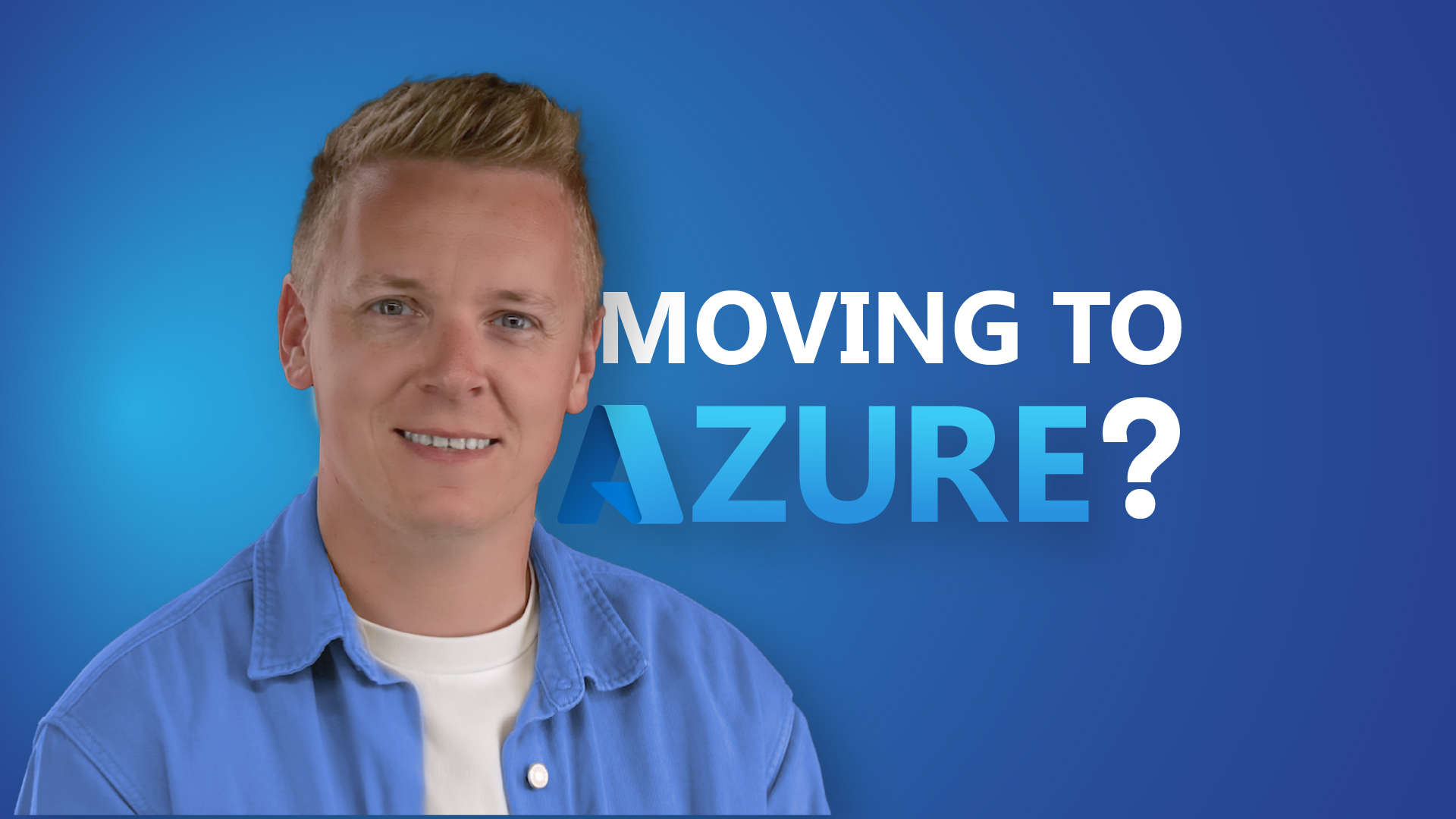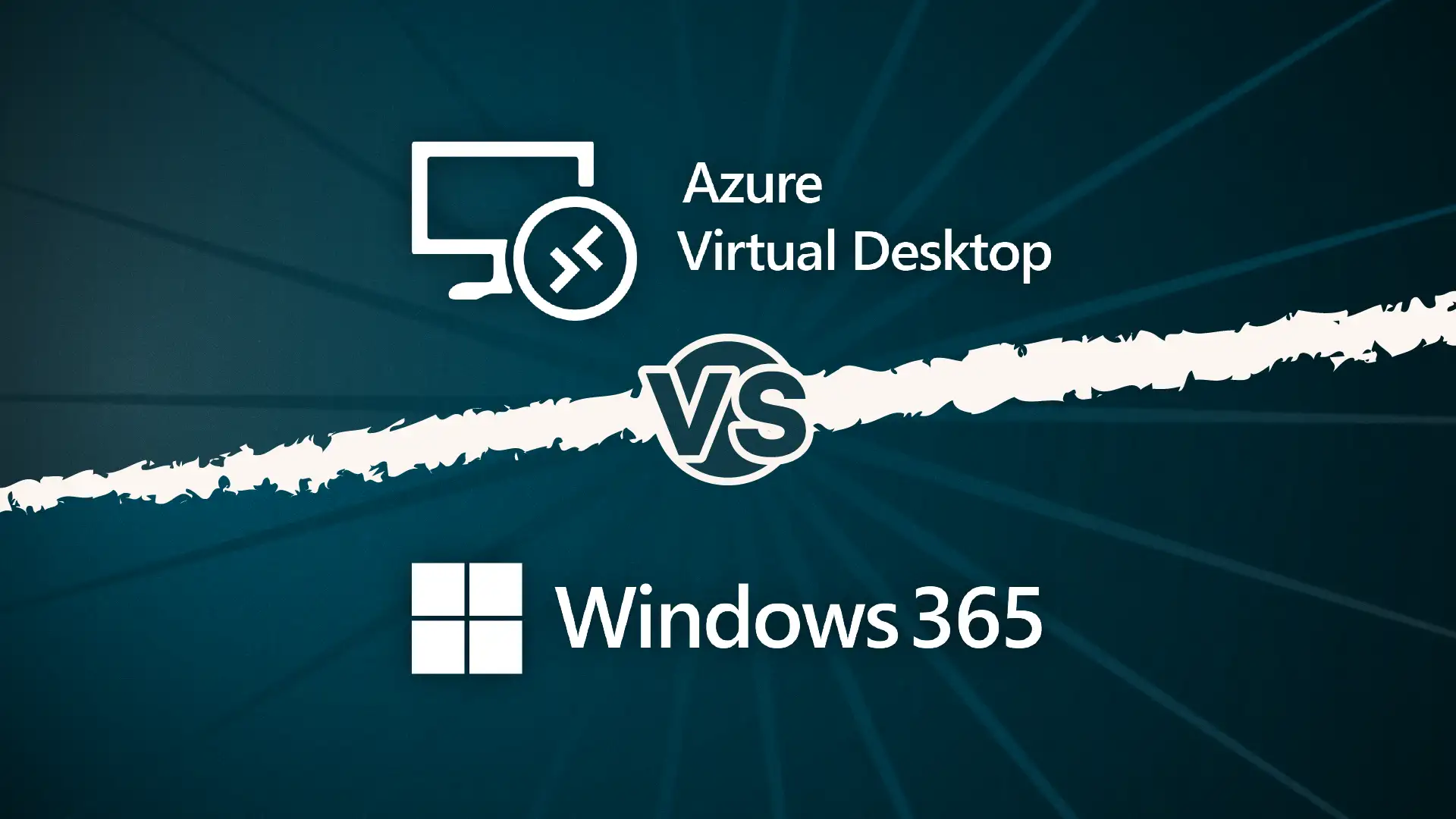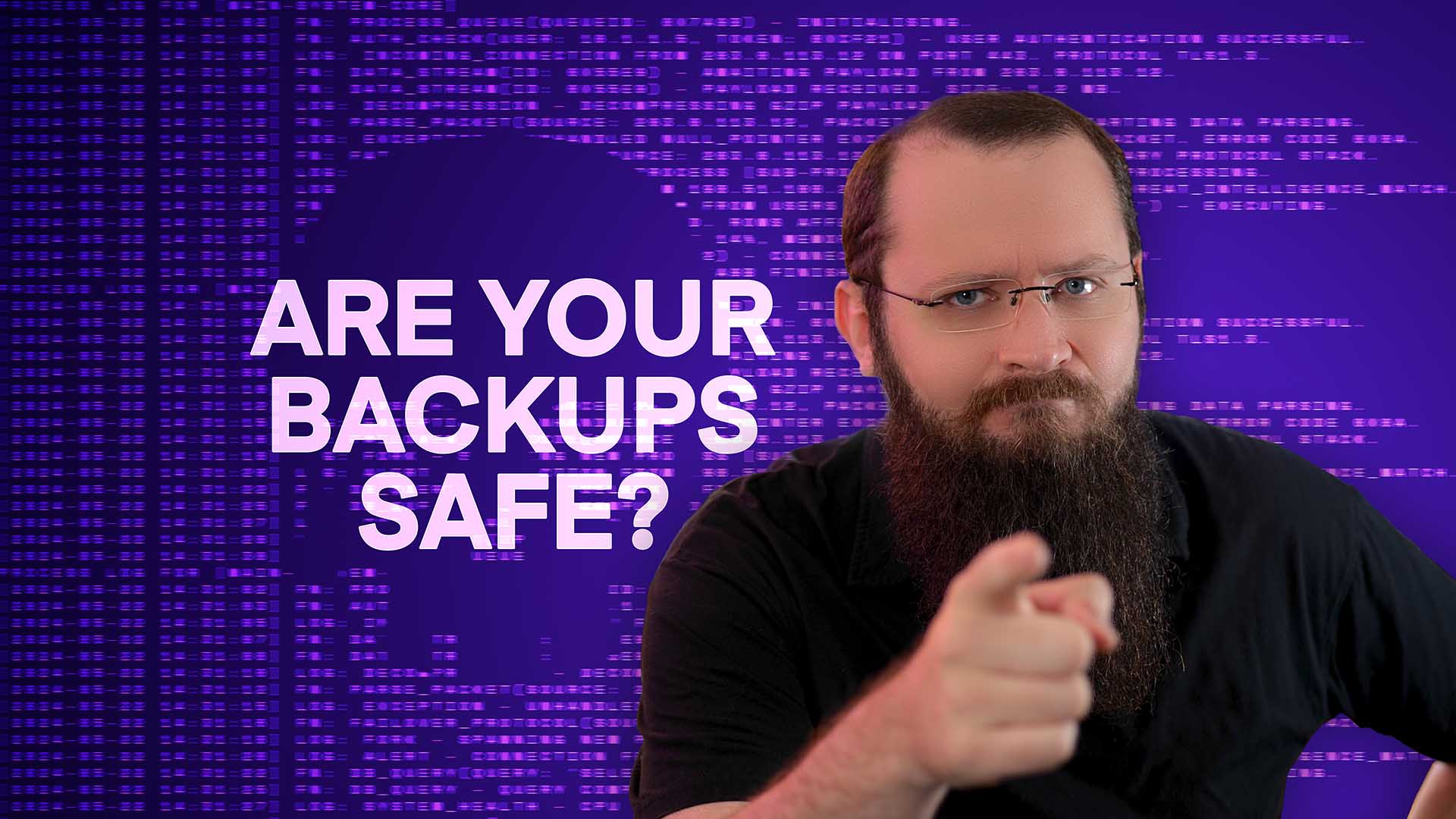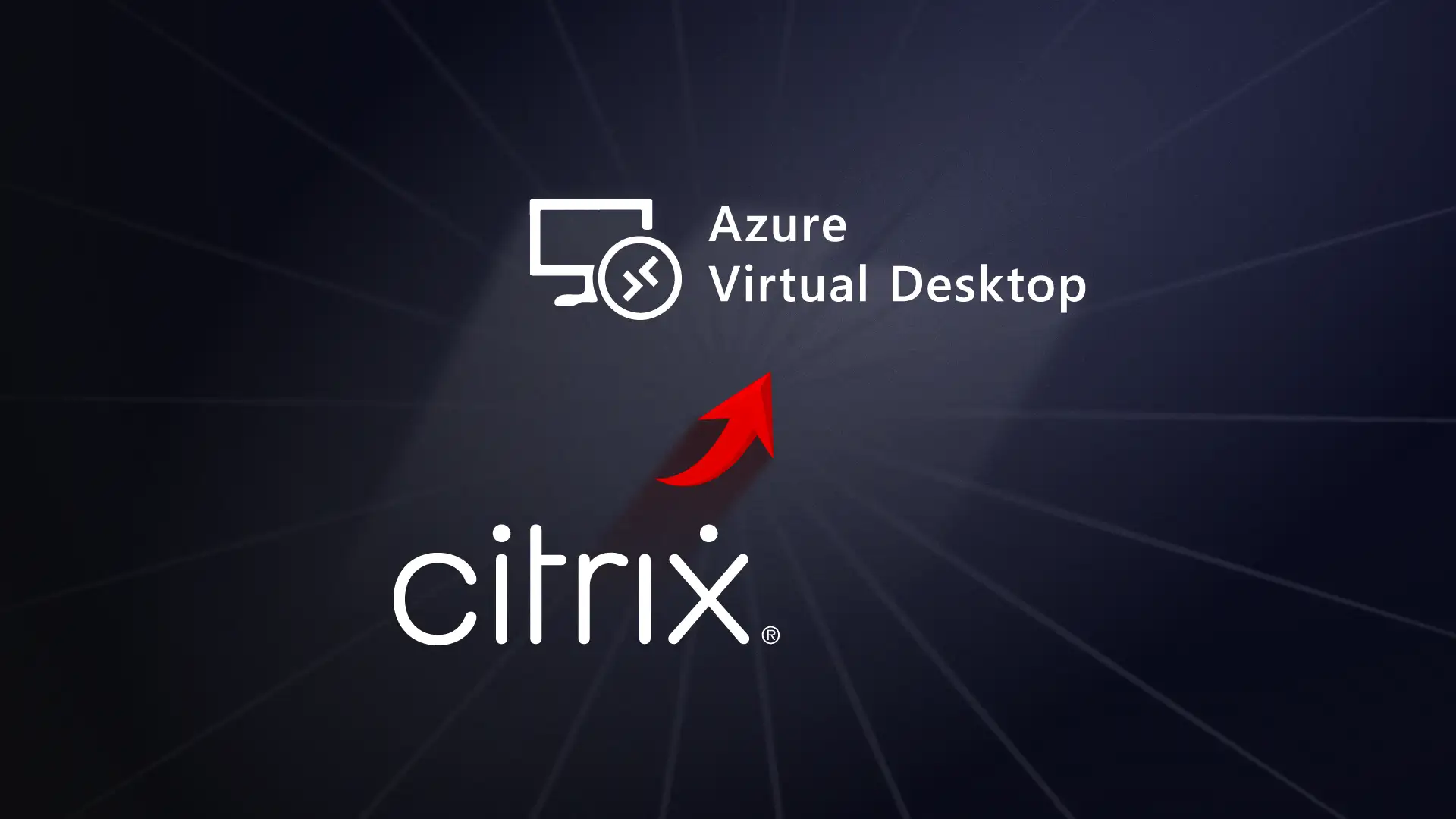So you’ve got some ageing applications running on IIS, sitting on a single server. Maybe it’s your internal mortgage processing system or a custom CRM built years ago (that only three people understand). They’ve been chugging along for years, and they work fine. Mostly.
But “it works” isn’t good enough anymore. Not when your competitors are deploying changes multiple times a day while you’re scheduling weekend maintenance windows. And not when a single OS update could take down half your business functions because everything’s running on the same box.
So when should you modernise them? And when should you just retire them altogether? These are the questions we tackled in our latest Experts in Polo Shirts podcast episode, where Synextra’s Principal Architect Elliott Leighton-Woodruff and Azure Consultant Matt Dyson had a frank discussion about app modernisation.
You can watch the full video below for all the details, but if you want the key insights, read on.






